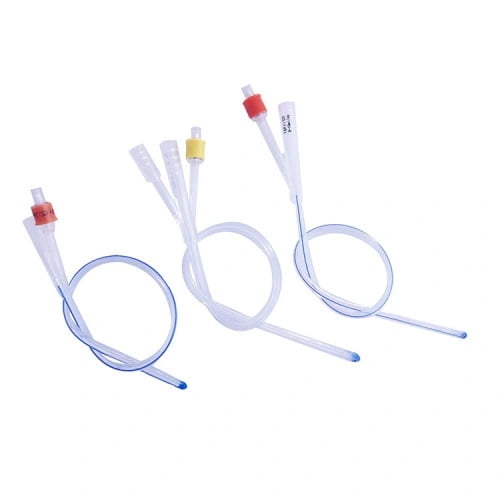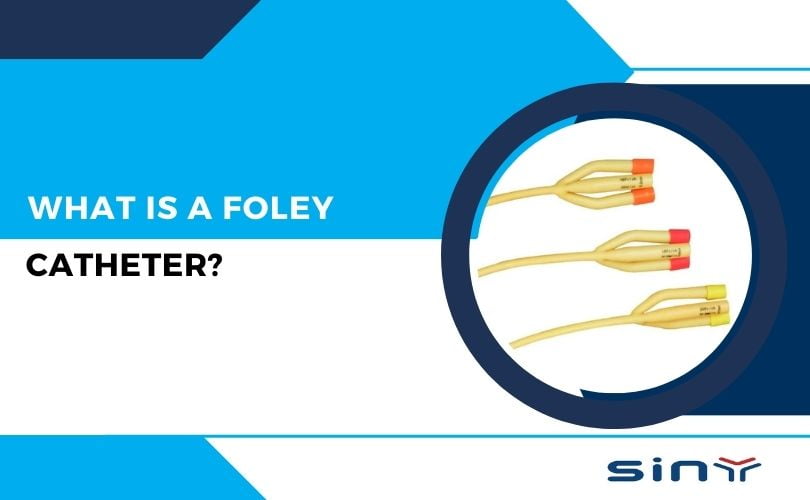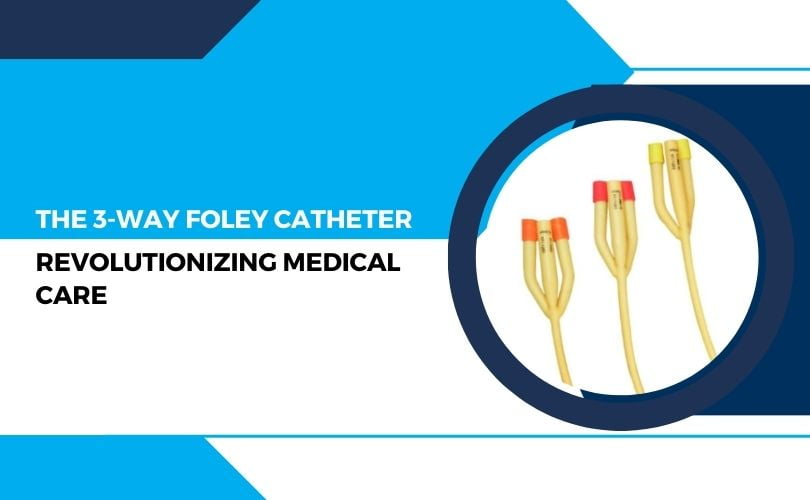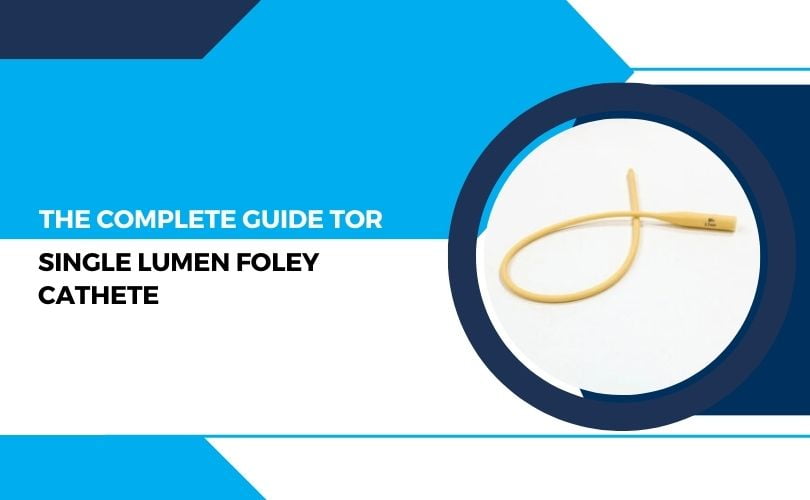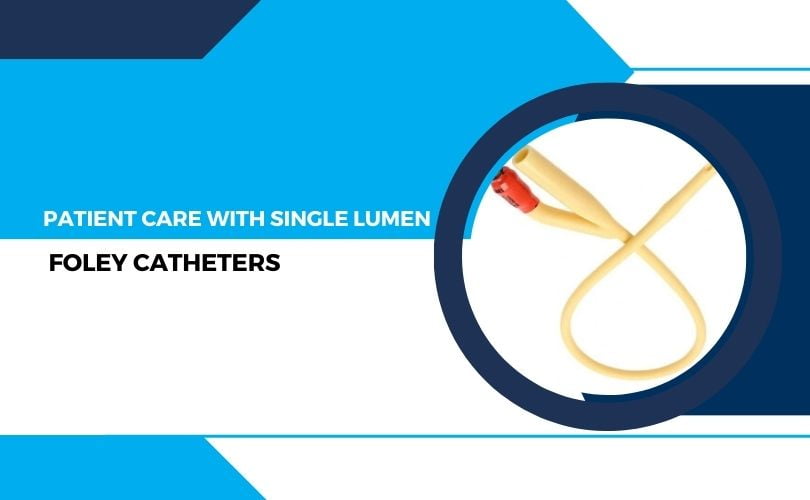A urinary catheter is a medical device that is inserted into the bladder to help drain urine when a person is unable to do so on their own. While catheters can be extremely helpful, they also require proper care and management to avoid complications like infections and blockages. If you or a loved one has a urinary catheter at home, it’s important to understand how to manage its care effectively. In this blog post, we’ll provide some tips and tricks for managing urinary catheter care at home, along with troubleshooting common issues that may arise.
Table of Contents
A. Explanation Of What A Urinary Catheter Is
A urinary catheter is a flexible tube that is inserted through the urethra into the bladder to help drain urine out of the body. The tube is held in place by a small balloon inflated inside the bladder.
B. Reasons Why Someone Might Have A Urinary Catheter
A urinary catheter may be necessary for people who have medical conditions that prevent them from urinating normally, such as urinary incontinence, prostate problems, or after certain types of surgery.
C. Importance Of Proper Care And Management Of Urinary Catheter
Proper care and management of urinary catheters is important to prevent complications such as infections, blockages, and leaks. This can help ensure the catheter is working properly and prevent discomfort or harm to the patient.
Overview of Urinary Catheter Care
A. Explanation of what is involved in catheter care
Catheter care involves regularly cleaning the catheter and surrounding area, emptying and changing the collection bag, monitoring fluid intake and output, and checking for signs of infection or other complications.
B. Reasons Why Proper Care Is Important
Proper care is important to prevent infections, blockages, and other complications that can cause discomfort and harm to the patient. It can also help the catheter work properly and improve overall quality of life.
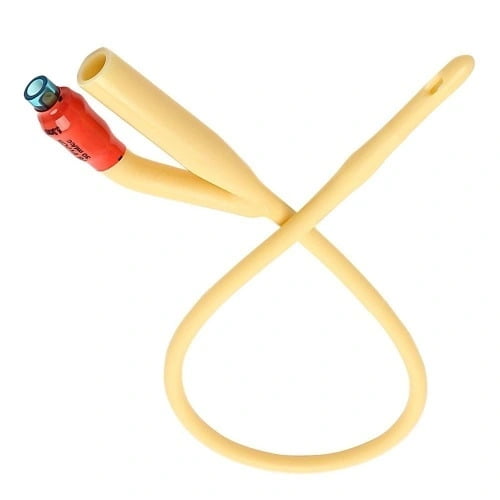
C. Basic Steps For Managing Urinary Catheter Care At Home
Basic steps for managing catheter care at home include proper hand hygiene, sterilizing the catheter and collection bag, monitoring hydration, proper positioning and mobility, and skin care around the insertion site.
III. Tips for Managing Urinary Catheter Care at Home
A. Creating A Clean And Safe Environment
1. Importance of hand hygiene: Hand hygiene is important to prevent the spread of bacteria and infections. Proper hand washing and use of hand sanitizer can help prevent contamination of the catheter and reduce the risk of infection.
2. Sterilization of catheter and collection bag: Sterilizing the catheter and collection bag is important to prevent the growth of bacteria and infections. This can be done by cleaning with soap and water, or by using specialized disinfectant products.
B. Monitoring And Maintaining Proper Hydration
1. Importance of fluid intake: Proper fluid intake is important to maintain hydration and prevent dehydration, which can lead to complications such as blockages and infections. It is important to monitor fluid intake, especially when managing catheter care at home.
2. Tips for managing fluid intake with a catheter: Tips for managing fluid intake with a catheter include drinking enough water to stay hydrated, avoiding excessive fluids, and monitoring urine output. It’s important to consult with a healthcare provider for specific recommendations based on individual needs.
C. Proper Positioning And Mobility
1. Tips for managing positioning with a catheter: Tips for managing positioning with a catheter include avoiding kinking or pulling on the catheter, maintaining proper positioning during activities, and using specialized devices to secure the catheter during sleep. It is recommended to consult with a healthcare provider for specific advice.
2. Tips for mobility and avoiding catheter dislodgement: Tips for mobility and avoiding catheter dislodgement include using specialized leg bags for increased mobility, avoiding sudden movements or twisting, and securing the catheter properly during activities. It is recommended to consult with a healthcare provider for specific advice.
D. Skin Care Around The Catheter Insertion Site
1. Importance of proper skin care: Proper skin care is important to prevent irritation, infections, and other skin-related complications. This is especially crucial when managing catheter care at home to maintain a healthy and comfortable environment around the catheter insertion site.
2. Tips for managing skin care around the insertion site: Tips for managing skin care around the insertion site include regularly cleaning the area with mild soap and water, avoiding harsh chemicals or irritants, and keeping the area dry and free of moisture. Consult with a healthcare provider for specific recommendations based on individual needs.
IV. Troubleshooting Common Issues
A. Catheter blockages
1. Causes of blockages: Blockages in urinary catheters can be caused by several factors, such as blood clots, urinary sediment buildup, or inadequate flushing of the catheter. Other factors, such as poor positioning or kinking of the catheter, can also contribute to blockages.
2. Tips for prevention and management: Tips for prevention and management of blockages in urinary catheters include adequate fluid intake, regular flushing of the catheter, and proper positioning and mobility. If a blockage occurs, it’s important to contact a healthcare provider for further guidance.
B. Catheter Leaks
1. Causes of leaks: Leaks in urinary catheters can be caused by several factors, such as improper positioning, bladder spasms, or damage to the catheter. Other factors, such as kinking or twisting of the catheter, can also contribute to leaks.
2. Tips for prevention and management: Tips for prevention and management of leaks in urinary catheters include ensuring proper catheter placement and securing, monitoring urine output, and consulting with a healthcare provider for specific advice on management.
C. Catheter Dislodgement
1. Several factors, such as movement or twisting, pulling or tugging on the catheter, or inadequate securing of the catheter, can cause dislodgement of urinary catheters. Other factors, such as bladder spasms or irregular bowel movements, can also contribute to dislodgement.
2. Tips for prevention and management: Tips for prevention and management of blockages in urinary catheters include adequate fluid intake, regular flushing of the catheter, and proper positioning and mobility. If a blockage occurs, it’s important to contact a healthcare provider for further guidance.
V. Conclusion
Managing urinary catheter care at home can be challenging, but with proper care and attention, it is possible to maintain a healthy and comfortable environment for the patient. Proper hand hygiene, sterilization of the catheter and collection bag, and monitoring fluid intake and output are important steps in catheter care. Positioning, mobility, and skin care around the insertion site are also crucial for preventing complications such as blockages and leaks.
Blockages in urinary catheters can be caused by various factors, including urinary sediment buildup, blood clots, and inadequate flushing of the catheter. To prevent and manage blockages, it is important to maintain proper hydration, regularly flush the catheter, and monitor for any signs of blockage. If a blockage occurs, contact a healthcare provider for further guidance.
Improper positioning, bladder spasms, or damage to the catheter can cause leaks in urinary catheters. To prevent leaks, it is important to ensure proper positioning and avoid kinking or twisting of the catheter. If a leak occurs, contact a healthcare provider for further guidance.
Proper care and management of urinary catheters are essential for preventing infections. Also blockages, and other complications that can cause discomfort and harm to the patient. It is important to consult with a healthcare provider for specific recommendations and advice based on individual needs. With proper care and attention, it is possible to manage urinary catheter care at home. Also it can improve overall quality of life for the patient.


